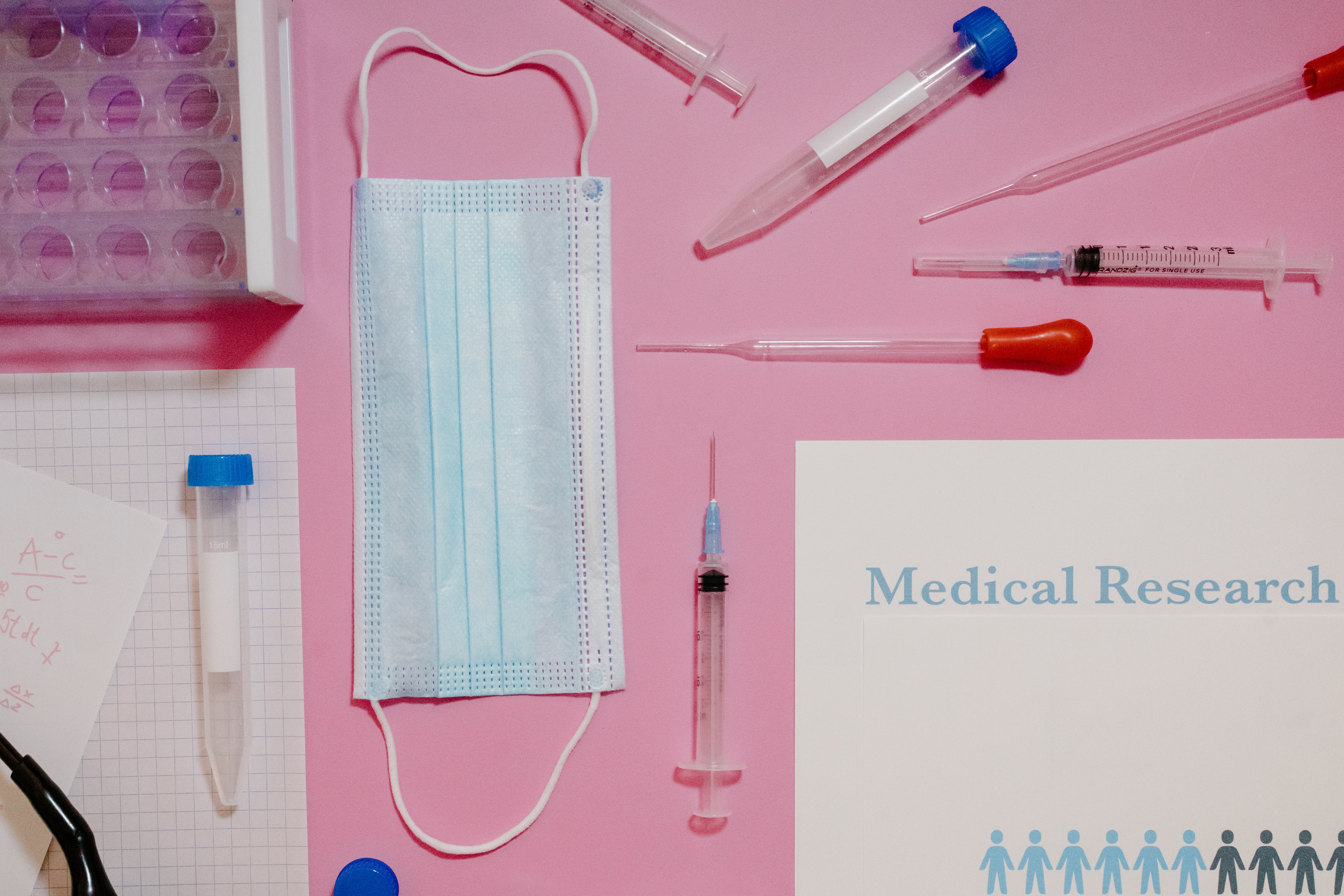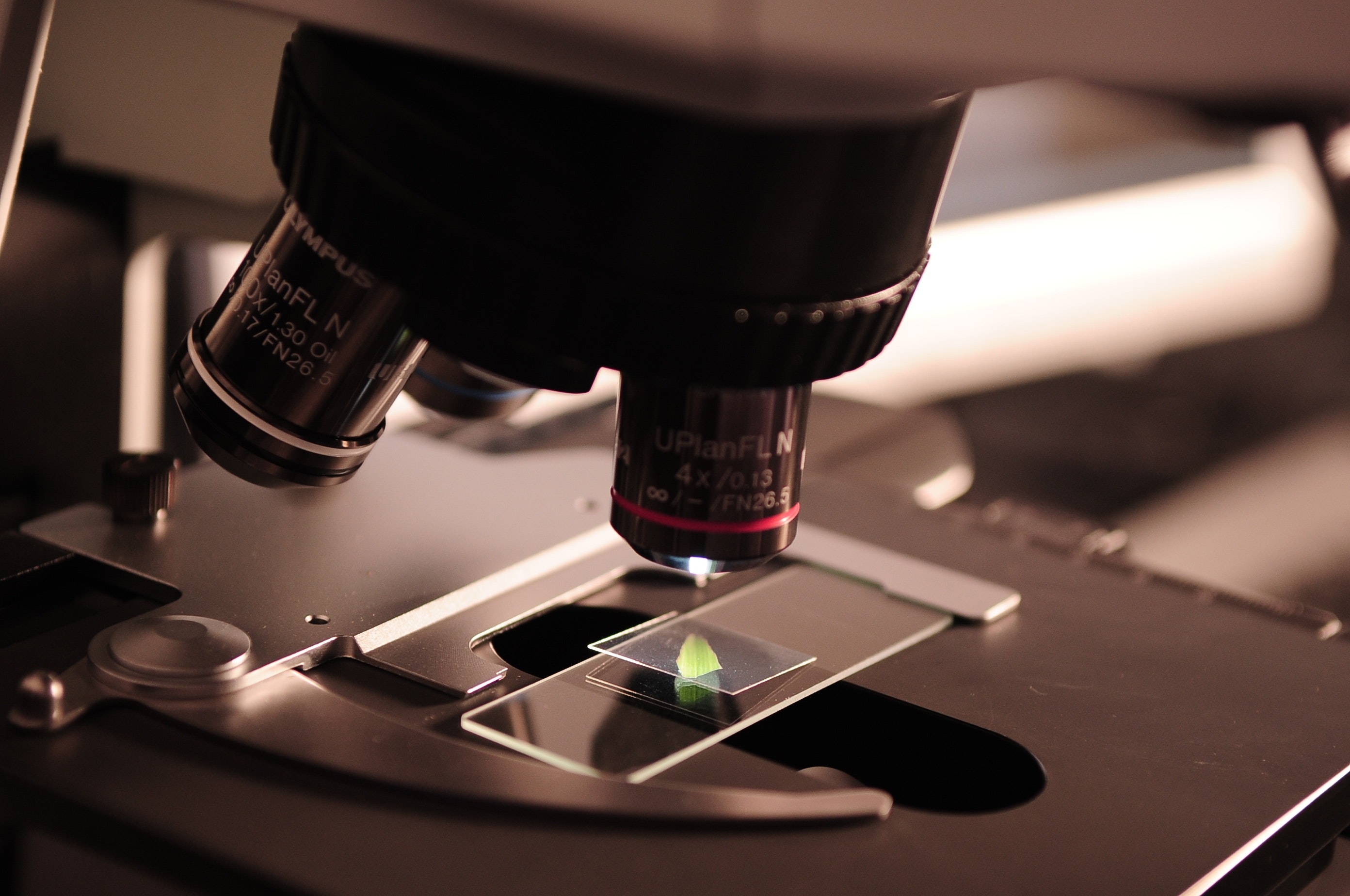The pharmaceutical industry is ever-evolving, with continuous advancements in drug delivery systems. The traditional pill form of medication is being replaced by more advanced drug delivery systems that offer greater efficacy, safety, and convenience. From nanotechnology to smart inhalers, this article explores the latest innovations in advanced drug delivery systems.
1. Nanotechnology:
Nanotechnology has shown a lot of potential in drug delivery systems. This involves the use of particles that are thousands of times smaller than human hair, which can target specific cells or tissues in the body. Nanoparticles can be engineered to release drugs in response to internal or external stimuli, such as pH, light, or temperature. They can also be loaded with multiple drugs to target multiple pathways, overcome drug resistance, and improve outcomes.
2. Smart Inhalers:
Asthma and chronic obstructive pulmonary disease (COPD) are respiratory diseases that affect millions of people across the globe. Smart inhalers are devices that can monitor the usage of inhalers, track the inhaler’s performance, and send information to healthcare providers. They are easy to use and can provide accurate dosing to ensure effective treatment.
3. Implantable Drug Delivery:
Implants that release drugs over prolonged periods can provide consistent dosages to maintain therapeutic drug levels. They also have the potential to treat specific diseases and conditions, such as diabetes, heart disease, and cancer. These devices can be small enough to be implanted under the skin or more extensive devices like insulin pumps can be worn externally.
4. Intelligent Drug Delivery:
These systems are integrated with electronic sensors or devices that can sense changes in the body or identify biomarkers to provide targeted drug delivery. For example, an intelligent drug delivery system could monitor the blood glucose levels of a diabetic patient in real time and dispense insulin accordingly. These systems could reduce the risk of human error and allow for more personalized care.
5. 3D Printing:
3D printing technology is making significant strides in drug delivery systems, with the potential to create complex structures and personalized medicine. 3D printing can create patient-specific implants, multipurpose patches, and personalized drug formulations that can optimize drug delivery and improve adherence.
Advanced drug delivery systems are revolutionizing healthcare. The latest innovations promise a more personalized, efficient, and effective treatment for a broad range of diseases and conditions. These systems offer many benefits, including targeted delivery, improved efficacy and safety, real-time monitoring, and convenience. As technology continues to evolve, the pharmaceutical industry can expect to see even more advances in drug delivery over the coming years.






